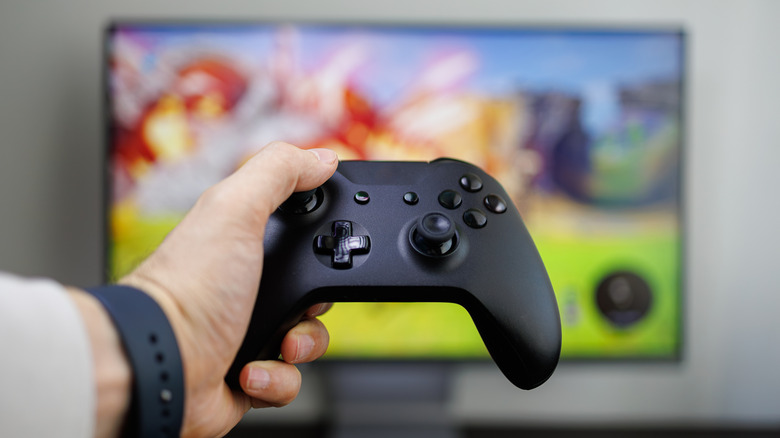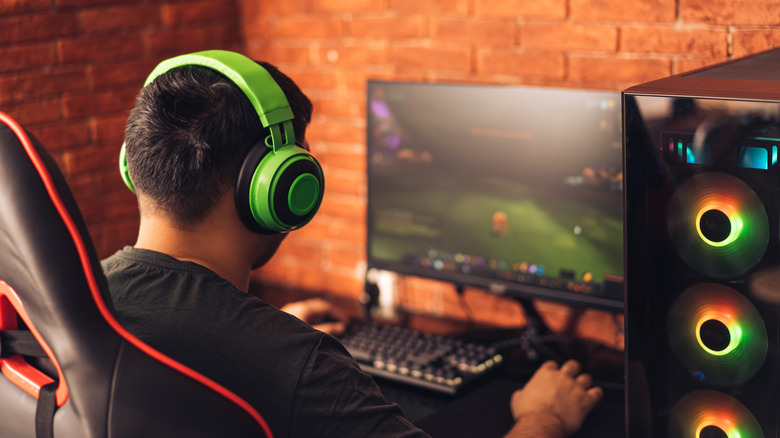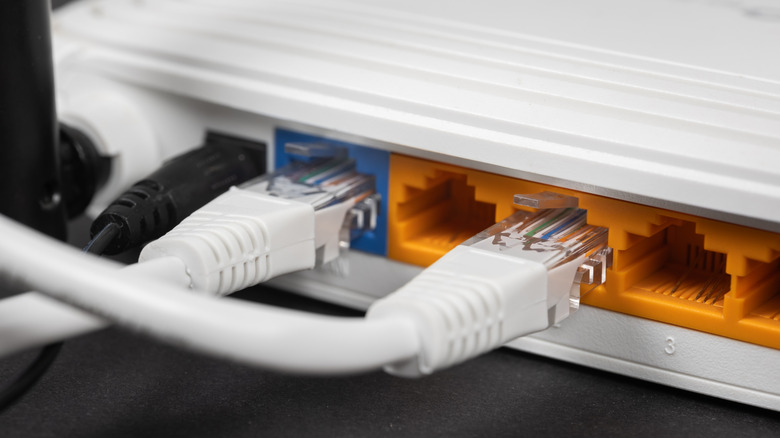What Is Input Lag & Can You Avoid It During Competitive Gaming?
When you're playing any video game — competitively or otherwise — there's an unspoken assumption that something will happen on your screen the moment you press a button on your controller or keyboard. You press A, and your character jumps. You pull the right trigger, and a gun fires, and so forth. However, the important thing to remember is that you're not puppeting marionettes; you're sending data from one device to another. The thing about data is that it may move fast, but not always as fast as you'd like.
If you've ever been playing a game on your PC and noticed that your in-game movements are delayed for a split second after you press a button, you've experienced the phenomenon of input lag. This can be incredibly irritating if you're gaming competitively, as even just a half-second delay between input and action can completely throw off your flow, especially if your fellow competitors aren't affected. While input lag can't be completely eliminated, it is possible to minimize it to the point that you won't even notice it. All it takes is a combination of optimizing your device connections and graphical settings.
Input lag comes from the split second data travels from input devices to software
Like most tasks on your PC, your inputs are sent to the game through peripherals, such as your mouse, keyboard, or controller. You push a button on your controller, which sends a signal to your PC. This is then parsed by the game software you're running and reflected as movement or action, which is then displayed to you via your monitor. It sounds simple when you lay it out, but there's a lot of data flowing back and forth in a split second — doubly so if you're playing a game over an internet connection.
If there's a proverbial hitch in any one of these connections, the speed of data transfer is slowed, like traffic on a backed-up highway. It could be that your controller is experiencing a connection error. Maybe your internet connection is spotty, leading to a high ping in online matches, or maybe your monitor or GPU can't keep up with the quality of graphics that you're trying to display. Any one of these can lead to input lag.
Typically, it takes around 40 milliseconds or less for inputs to register, though if you're playing competitively, it'd be ideal if you could get that down to around 10-15 milliseconds just for that extra bit of responsiveness. If the lag stretches out to around 50 milliseconds, that's when you'll start really noticing the difference, and it only gets worse from there.
Input lag can't be eliminated, but it can be mitigated
With so many data streams competing, it's basically impossible to eliminate input lag from the gaming process entirely. While you can't get rid of it for good, though, it's more than possible to mitigate its effects, to the point where it's barely noticeable. This would be the best-case scenario for competitive gaming.
The best thing you can do to reduce latency is to switch to wired connections for all your devices. Use a wired keyboard and mouse or controller, and abandon Wi-Fi internet in favor of an Ethernet connection. Wireless connections add another bottleneck and are often limited by the device itself, and using hard connections takes that out of the equation. Your inputs will flow smoothly from a wired controller, and data can fly right out from your PC to a server with a wired internet connection.
The other option involves improving visual response time. Ideally, you should use a monitor with a high refresh rate, as well as a solid GPU to match, which can quickly handle fast-paced games without lag. You can make the game less taxing on the GPU by limiting your frame rate as well as disabling VSync. Depending on the brand of your GPU, there may be advanced options available that can help as well. For example, if you have an Nvidia card, you can use Nvidia Reflex and Deep Learning Super Sampling (DLSS) to optimize your GPU for performance over fidelity. Your monitor might have similar options, too, so check out those settings to give yourself another boost.


